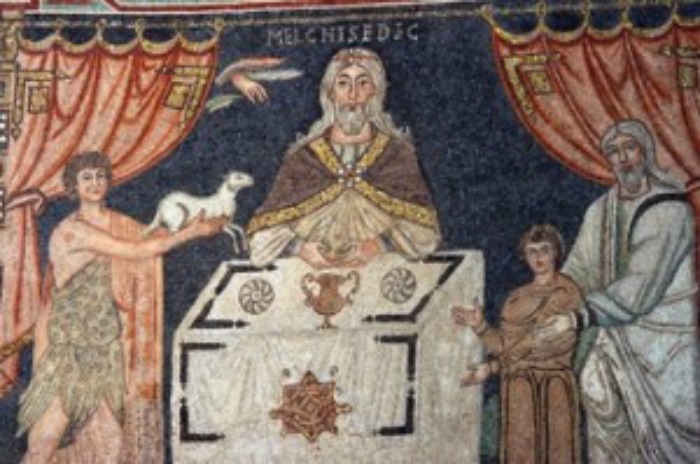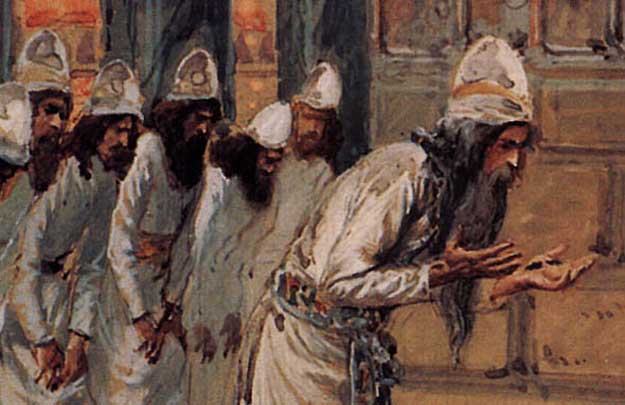Question
Dear Gramps,
Curious
Answer
Dear Curious,
I was unable to find a quotation by Bruce R. McConkie on the subject, but Joseph Fielding Smith and others have indicated that blood sacrifice by the sons of Levi will one day be restored. Below are three references that shed some light on the subject:
“We are living in the dispensation of the fulness of times into which all things are to be gathered, and all things are to be restored since the beginning. . . . It will be necessary, therefore, for the sons of Levi, who offered the blood sacrifices anciently in Israel, to offer such a sacrifice again to round out and complete this ordinance in this dispensation (Doctrines of Salvation, 3:94).”
“On a more figurative level, the Lord promised that faithful bearers of the Melchizedek and Aaronic Priesthood who magnify their callings “become the sons of Moses and of Aaron” respectively (D&C 84:33-34). Because Moses and Aaron were members of the tribe of Levi, faithful latter-day priesthood bearers become the “sons of Levi,” and their “offering” is the faithful service they render (see, for example, D&C 128:24). (Richard O. Cowan, Answers to Your Questions About the Doctrine and Covenants [Salt Lake City: Deseret Book Co., 1996], 19).
“We are living in the dispensation of the fullness of times into which all things are to be gathered, and all things are to be restored since the beginning. Even this earth is to be restored to the condition which prevailed before Adam’s transgression. Now in the nature of things, the law of sacrifice will have to be restored, or all things which were decreed by the Lord would not be restored. It will be necessary, therefore, for the sons of Levi, who offered the blood sacrifices anciently in Israel, to offer such a sacrifice again to round out and complete this ordinance in this dispensation. Sacrifice by the shedding of blood was instituted in the days of Adam and of necessity will have to be restored.
“The sacrifice of animals will be done to complete the restoration when the temple spoken of is built; at the beginning of the millennium, or in the restoration, blood sacrifices will be performed long enough to complete the fulness of the restoration in this dispensation. Afterwards sacrifice will be of some other character.” (Joseph Fielding Smith, DS 3:93-94.) (Daniel H. Ludlow, A Companion to Your Study of the Doctrine and Covenants, 2 vols. [Salt Lake City: Deseret Book Co., 1978], 1: 118.)
The identity of the “Sons of Levi” and of their “offering” can be understood in two senses: First, literal descendants of Levi will return with the Ten Tribes before the Second Coming and will make an actual blood sacrifice as a necessary token of the “restoration of all things.” (See Teachings, p. 172.) Second, in a more figurative sense, D&C 84:33-34 indicates that faithful bearers of the Aaronic and Melchizedek priesthoods become the sons of Aaron and of Moses respectively; they thus become the “Sons of Levi” because Aaron and Moses were both descendants of Levi. The “offering” given by these faithful Latter-day Saints may include “a broken heart and a contrite spirit” (3 Ne. 9:19-20) as well as an acceptable record of their dead. (D&C 128:24). (For a further consideration of the Sons of Levi and their offering, see Sperry, Compendium, pp. 74-84.) (Richard O. Cowan, The Doctrine and Covenants, Our Modern Scripture [Salt Lake City: Bookcraft, 1984], 37 .)
Gramps







